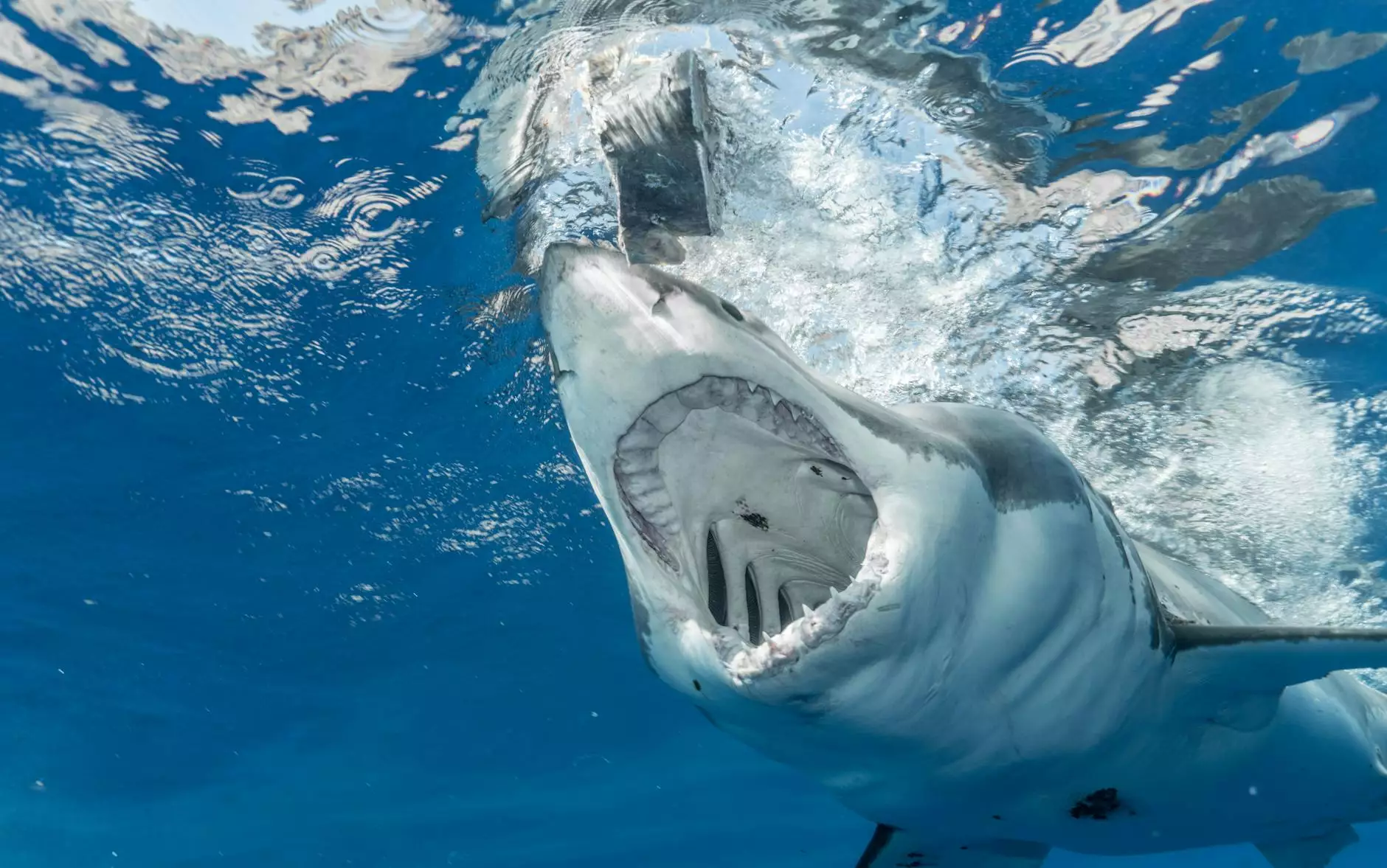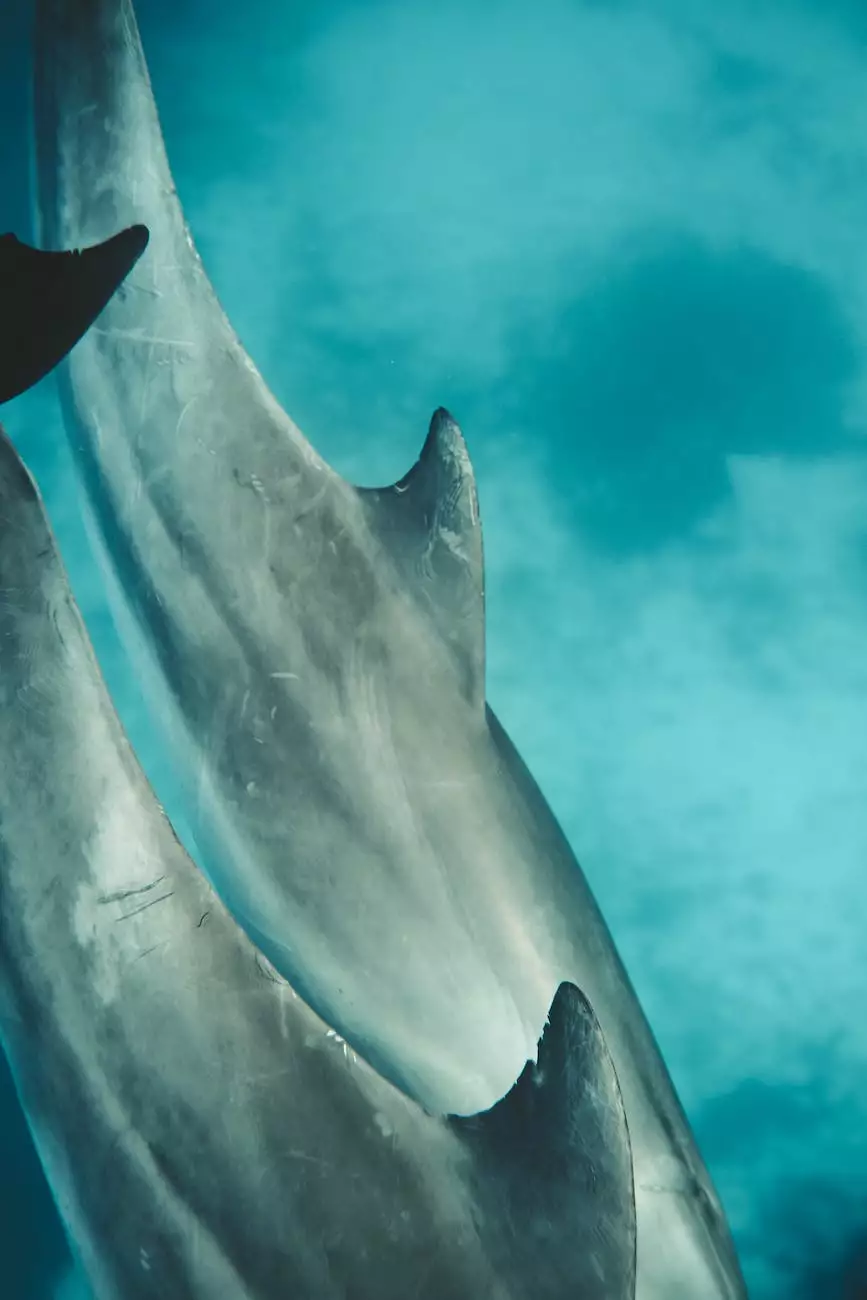Tracking Hammerhead Sharks
Marine Conservation
Welcome to Azongal, your comprehensive resource on tracking hammerhead sharks. In this article, we will delve into the fascinating world of these magnificent creatures, their behavior, habitat, and conservation efforts. Hammerhead sharks are known for their unique physical characteristics and migratory patterns, making them a subject of great interest among marine enthusiasts and researchers.
The Characteristics of Hammerhead Sharks
Hammerhead sharks are easily recognizable due to their distinctive head shape, which resembles that of a hammer. This unusual feature, called a cephalofoil, provides several advantages for the shark. Firstly, it allows for a wider range of binocular vision, enhancing their ability to spot prey. Additionally, the cephalofoil contains numerous sensory organs called ampullae of Lorenzini, which enable the shark to detect electromagnetic fields generated by their surroundings.
These apex predators typically have a gray-brownish skin color, which enables effective camouflage in the oceanic environment. The shape of their bodies, with elongated pectoral fins, allows for superior maneuverability and efficient movement through the water.
Habitat and Distribution
Hammerhead sharks can be found in various oceanic regions across the world. They prefer warmer waters, but they are also known to inhabit cooler regions such as the coasts of California, New Zealand, and South Africa. These sharks are often spotted near coral reefs, as they provide an abundant source of food and shelter for the species.
The Great Hammerhead Shark (Sphyrna mokarran)
One of the most recognizable species of hammerhead sharks is the Great Hammerhead (Sphyrna mokarran). These sharks can grow up to 20 feet in length, making them the largest of the hammerhead species. They are predominantly found in tropical and subtropical regions, including the Atlantic Ocean, the Indian Ocean, and the Pacific Ocean. The Great Hammerhead prefers deeper waters but can occasionally be seen close to shore.
Migratory Patterns
Tracking the migratory patterns of hammerhead sharks has been a topic of interest for researchers worldwide. These sharks undertake impressive long-distance journeys, often spanning thousands of miles during their annual migrations. The purpose of these migrations is still being studied, but it is believed to be related to food availability, reproduction, and response to environmental changes.
The Scalloped Hammerhead Shark (Sphyrna lewini)
The Scalloped Hammerhead (Sphyrna lewini) is known for its extensive migratory behavior. This species can travel great distances, with large schools being spotted in areas such as the Galapagos Islands and the coast of Costa Rica. The Scalloped Hammerhead is highly migratory, making long journeys between breeding and feeding grounds.
Conservation Efforts
Hammerhead sharks face numerous threats and are classified as vulnerable or endangered by several organizations. They are often targeted for their fins, which are highly valued in some cultures for use in shark fin soup. Overfishing and habitat destruction also contribute to the decline in their populations.
Azongal is dedicated to raising awareness about the conservation of hammerhead sharks and promoting sustainable practices. We believe that through education and collective efforts, we can protect these magnificent creatures for generations to come.
The Smooth Hammerhead Shark (Sphyrna zygaena)
The Smooth Hammerhead (Sphyrna zygaena) is another critically important species in need of conservation efforts. These sharks can be found in both temperate and tropical waters, usually near continental shelves and inshore areas. Similar to other hammerhead species, the Smooth Hammerhead undertakes long migrations in search of food and suitable breeding grounds.
Conclusion
Hammerhead sharks are fascinating creatures that capture the imagination of marine enthusiasts and researchers alike. Their unique physical characteristics, complex migratory patterns, and conservation status make them a subject of great interest. At Azongal, we are committed to providing accurate and detailed information about hammerhead sharks, raising awareness about their conservation, and advocating for sustainable practices. Join us in our mission to protect and preserve these incredible creatures for future generations.




